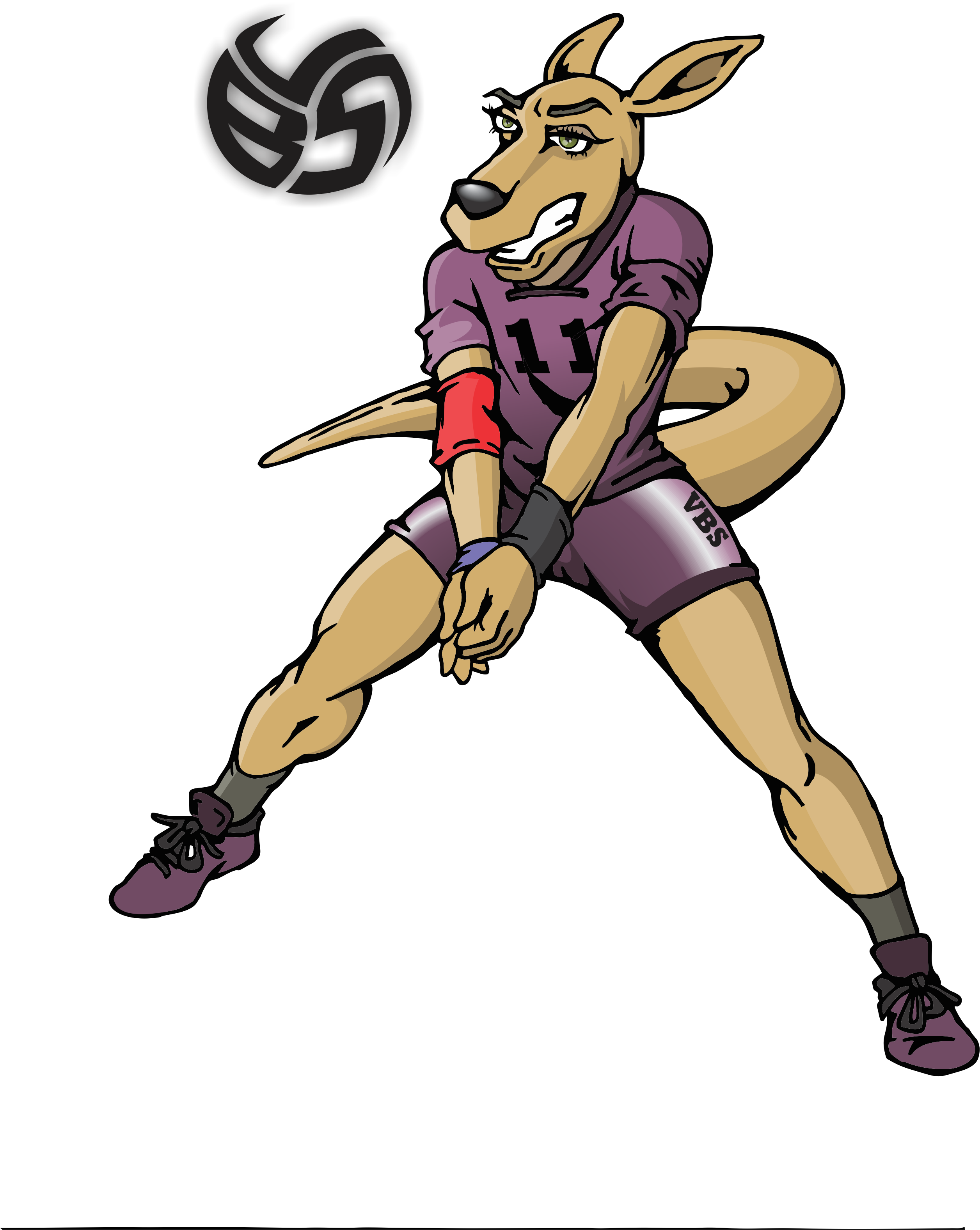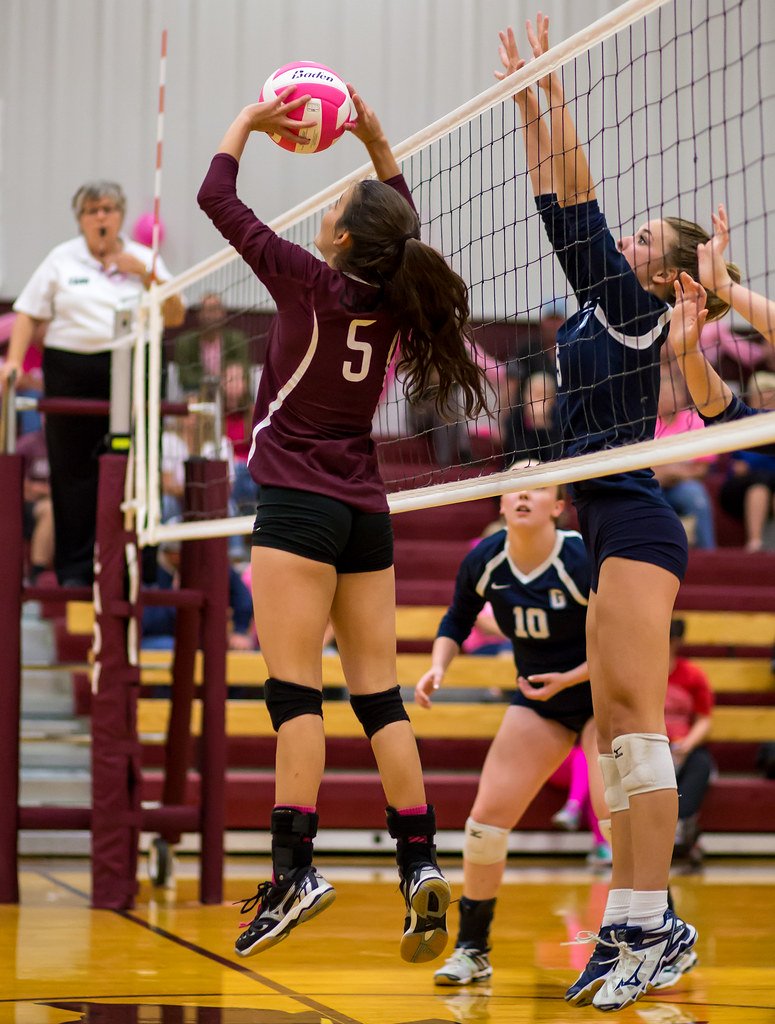- Improve Your Volleyball with Coach April
- Advice For New Coaches
- How To Receive in Volleyball
 Dear Volleyball Mom,
Do You Know What Sets My Private Volleyball Training Apart From Anyone In Vegas?
I invite You to read what my private volleyball training mission says before considering hiring me as a private volleyball coach because I'm not available for everyone.
Dear Volleyball Mom,
Do You Know What Sets My Private Volleyball Training Apart From Anyone In Vegas?
I invite You to read what my private volleyball training mission says before considering hiring me as a private volleyball coach because I'm not available for everyone.How To Receive in Volleyball: Empowering Moms On Helping Their Passers
Empower your young volleyball player with this comprehensive guide on how to receive in volleyball from basics to advanced tips, help them excel on the court.
 My Volleyball Mom's Guide: How to Help Your Child Master Serve Reception. Discover my drills, techniques and ways to boost your player's confidence at home to help support your child learn how to receive in volleyball.(Dan Morgan)
My Volleyball Mom's Guide: How to Help Your Child Master Serve Reception. Discover my drills, techniques and ways to boost your player's confidence at home to help support your child learn how to receive in volleyball.(Dan Morgan)As a volleyball mom, you've likely witnessed the rollercoaster of emotions your child experiences during matches.
One moment, they're soaring high after a perfect pass, and the next, they're frustrated after struggling with serve reception.
This guide will help you support your young athlete, providing insights into serve reception techniques, at-home practice ideas, and ways to boost their confidence.
Understanding Serve Reception: The Backbone of Volleyball
Serve reception, often called "passing," is the foundation of every volleyball play. It's the first contact a team has with the ball after the opponent serves.
A good reception sets up the entire offensive strategy, while a poor one can derail even the most talented team.
 Erik Drost, CC BY 2.0, via Wikimedia Commons
Erik Drost, CC BY 2.0, via Wikimedia Commons
As your child learns this skill, they're not just mastering a technique; they're becoming a key player in their team's success.
Common Frustrations and How to Address Them
1. Inconsistent Performance
Your child might excel during practice but struggle in games. This is normal! Game situations add pressure that's hard to replicate in practice. Encourage them to focus on their technique rather than the outcome.
2. Fear of Failure
The serve is coming straight at them, and all eyes are watching. It's nerve-wracking! Remind your child that even professional players make mistakes. The key is to learn from each attempt.
3. Positioning Struggles
Your child might feel lost on the court, unsure where to stand. This improves with experience, but you can help by watching matches together and discussing player positions.
Supporting Your Child: Be Their Biggest Cheerleader
1. Offer Encouragement, Not Criticism
After a tough game, your child needs support, not a critique. Use phrases like, "I loved watching you play today!" instead of focusing on mistakes.
2. Celebrate Small Victories
Did they get in the right position quickly? Did they communicate well with teammates? Recognize these small but important achievements.
3. Foster a Growth Mindset
Encourage your child to view challenges as opportunities to improve. Help them set realistic goals for each practice and game.
How To Receive in Volleyball. Who Else Wants To Fix Your Passing Skills?
The Basics on How To Receive In Volleyball:
What to Watch For
As you watch your child play, keep an eye out for these fundamental techniques:
1. Ready Position
Feet shoulder-width apart, knees bent, weight on the balls of the feet.
2. Platform Formation
Arms extended, hands clasped, creating a flat surface to contact the ball.

3. Movement to the Ball
Quick, short steps to get behind the ball before contact.
4. Eye on the Ball
Watching the ball from the server's hand until contact.
Simple Volleyball Passing Drills To Practice at Home
1. Wall Passing
Have your child pass a ball against a wall, focusing on creating a consistent arc.
2. Balloon Keep-Up
Use a balloon to practice hand positioning and gentle ball control.
3. Partner Passing
Stand across from your child and gently toss the ball for them to pass back.
4. Serve and Shuffle
Serve the ball to different spots, having your child shuffle to get in position before passing.
How to do wall passing drills...
Volleyball wall passing and wall setting drills can be done daily at home with a goal of at least 250 - 500 reps of various drills to keep your
- passing or setting technique,
- angled platform work,
- ball contacting skills and
- control of the ball.....extremely sharp!
Pick a brick, a specific spot on the wall or mark a big X in chalk on a wall or use a basketball net or backboard ...no matter what you decide to use as your target... anybody walking by.... should be able to see exactly where the spot is that you are aiming for EVERY...single....time .
Do 3 to 5 sets of 100... five feet from the wall ....then side step two feet and repeat. Then step back and repeat.
Complete 300 to 500 passing repetitions
Remember, the goal is to make practice fun and build confidence.
Even 15 minutes a day can make a big difference!
I like to work on this 3 person "Dodgeball" drill where the person in the middle has to choose which side to get their midsection out of the way of the oncoming ball that's being tossed at their chest before they present their passing platform with an angled shoulder positioned towards the target.
When to Seek Additional Help
While home practice is valuable, there may come a time when your child could benefit from additional coaching. Consider seeking extra help if:
1. Your child's frustration persists despite regular practice.
2. They're struggling with a specific aspect of reception that you can't address.
3. They express interest in taking their skills to the next level.
Don't hesitate to speak with their school coach about your concerns or explore private coaching options.
Advanced Tips for the Dedicated Player
As your child progresses, they might be ready for more advanced concepts:
1. Reading the Server
Teach them to watch the server's approach and arm swing to anticipate the serve's direction.
2. Communication
Encourage them to call the ball and communicate with teammates about serve placement.
3. Adapting to Different Serves
Help them recognize and adjust to various serve types (float, top-spin, jump serve).
The Mental Game: Building Confidence While Learning How To Receive in Volleyball
Here are some ways to boost your child's mental game:
1. Visualization
Encourage them to visualize successful passes during downtime.
2. Positive Self-Talk
Help them develop a mantra or positive phrase to use during games.
3. Breathing Techniques
Teach simple breathing exercises to manage nerves before and during matches.
Coach April Chapple's Volleyball Passing Tips For Youth Volleyball Players
 MY PASSING EBOOK QUICKLY HELPS YOU IMPROVE YOUR PASSING SKILLS. Learn how to perform one of the most important skills you need to know to gain more playing time on the court!
MY PASSING EBOOK QUICKLY HELPS YOU IMPROVE YOUR PASSING SKILLS. Learn how to perform one of the most important skills you need to know to gain more playing time on the court!How To Integrate Serve Receive in Your Overall Play
As your child improves their reception skills, help them understand how it fits into the bigger picture:
1. Offensive Setup
Explain how a good pass leads to more attacking options.
2. Defensive Positioning
Show how proper reception positioning also helps with defensive coverage.
3. Team Strategy
Discuss how strong reception can pressure the opposing team's serve.
Consider Getting Private Volleyball Training
While practicing at home is valuable, sometimes players benefit from professional guidance.
Private training sessions can provide personalized attention to address specific challenges and accelerate skill development.
As an experienced coach, I offer private training and passing clinics designed to help players refine their reception skills. If you feel your child could benefit from extra support, don't hesitate to explore these options.
How To Enjoy The Process
Remember, learning how to receive in volleyball is a process.
There will be ups and downs, but with your support, your child can develop into a skilled and confident player.
Celebrate the small victories, stay patient during the challenges, and most importantly, enjoy this special time with your young athlete.
Your encouragement and understanding are just as valuable as any on-court skill.
By focusing on the fundamentals, practicing regularly, and maintaining a positive attitude, your child will see improvement in their serve reception abilities.
And who knows?
You might find yourself becoming a volleyball expert along the way!
Keep cheering, keep supporting, and watch your child soar on the volleyball court.
A Volleyball Passing Guide On How To Improve Volleyball Bumping Skills
Do You Follow Me on Pinterest?
 Private or semiprivate volleyball indoor/sand lessons are an excellent way for young Las Vegas high school volleyball players to quickly improve their individual skills through a private or semi-private coaching experience.
These lessons are conducted by former pro volleyball player, former USA Volleyball High Performance instructor and Evaluator and Tstreet Vegas 18s head Coach April Chapple on a weekly basis.
Sign up now!
Private or semiprivate volleyball indoor/sand lessons are an excellent way for young Las Vegas high school volleyball players to quickly improve their individual skills through a private or semi-private coaching experience.
These lessons are conducted by former pro volleyball player, former USA Volleyball High Performance instructor and Evaluator and Tstreet Vegas 18s head Coach April Chapple on a weekly basis.
Sign up now!Follow me on Pinterest Volleybragswag to improve your game even faster!
I share alot of individual, partner and easy-to-do volleyball serving drills we do in class with my followers.
Many of these volleyball practice drills you can do at home by yourself or try at your next practice with your teammates.
If you're a B team or JV player trying to make varsity next year...your goal should be to complete 1000 reps a day of at least three of the basic skills on your own...volleyball passing, serving and setting should be at the top of the list.
Volleyball Tips:
Where Do You Go From Here?
What do you need to do now? You have three options:
- Learn more about volleyball offense, attacking and serve receive in the Related Links below.
- Follow the suggested reading on our Sitemap page Learning How To Play (Sitemap)
- Or visit the pages in the How to Play Volleyball section in the drop down menu at the top of the page to get started.
- Before leaving this page Say "Hi" to Mr Resee the Kangaroo, wearing the #11 jersey below. He's another defensive specialist and team captain for the VolleyBragSwag All Beast team.
Meet Resee the Kangaroo and Passing Specialist on
VolleyBragSwag's All Beast Team
SUSCRIBE
To My Email Newsletter Below!
From Lady Vol to Legend: Coach April Produces Powerful Passionate Players...is that you?
Congratulations to my seven Boys-18s Vegas Volley club players who played in two state championship finals yesterday, the 3A and 5A State champinship finals at Sunrise Mountain High School.
TOURNAMENT CHAMPIONS!
A-1 Vegas Volley VBC
In It To Win It Tournament
May 2 - 4, 2025 Tournament
Gold Medalists
18s Premier Division
 Making A-1 Vegas Volleyball history as the very first TOURNAMENT CHAMPIONS! In the In It To Win It Tournament,
May 2-4, 2025 Tournament,
A-1 Vegas Volleyball Club
Gold Medalists, 18s Premier Division
Making A-1 Vegas Volleyball history as the very first TOURNAMENT CHAMPIONS! In the In It To Win It Tournament,
May 2-4, 2025 Tournament,
A-1 Vegas Volleyball Club
Gold Medalists, 18s Premier DivisionWhat Are You Looking For?

Hi there!
Thanks for stopping by. Hope you learned something today that will help you reach your volleyball goals.
Be sure to subscribe to my email newsletter so you can learn more each week!
Stay strong! Stay motivated!
-Coach April

SUSCRIBE
to my email newsletter below!
Vegas Volleyball's Unsung Heroes: Celebrating Moms with Peace Love Volleyball Shirts
Ready to energize your volleyball mom journey?
Subscribe to my 'Producing Powerful Passionate Peaceful Players' email list above on ImproveYourVolley.com.
You'll receive energy-boosting tips, exclusive insights from me, Coach April Chapple on maintaining momentum in volleyball.
Let's power up the Vegas volleyball scene together!
Recent Articles
-
How To Improve Serve Receive and Get More Playing Time in Volleyball
Jul 06, 25 02:27 AM
Learn the proven 3-step system I use to help club and high school volleyball players become consistent passers and get noticed by college coaches. -
Improve Your Volleyball Forearm Pass With My Five Ball Control Tips
Jul 05, 25 08:38 PM
Learn about these five volleyball forearm pass tips that will help you get the ball to your setter consistently while your team is on serve receive in a rally. -
What Sets My Private Volleyball Training Apart From Anyone In Vegas?
Jul 05, 25 07:50 PM
You should learn what my private volleyball training mission says before you hiring to me as a private volleyball coach because I'm not available for everyone..
 Resee the Kangaroo Shirts
Resee the Kangaroo Shirts Resee the Volleybragswag Kangaroo Shirts available now.
Resee the Volleybragswag Kangaroo Shirts available now.

















































